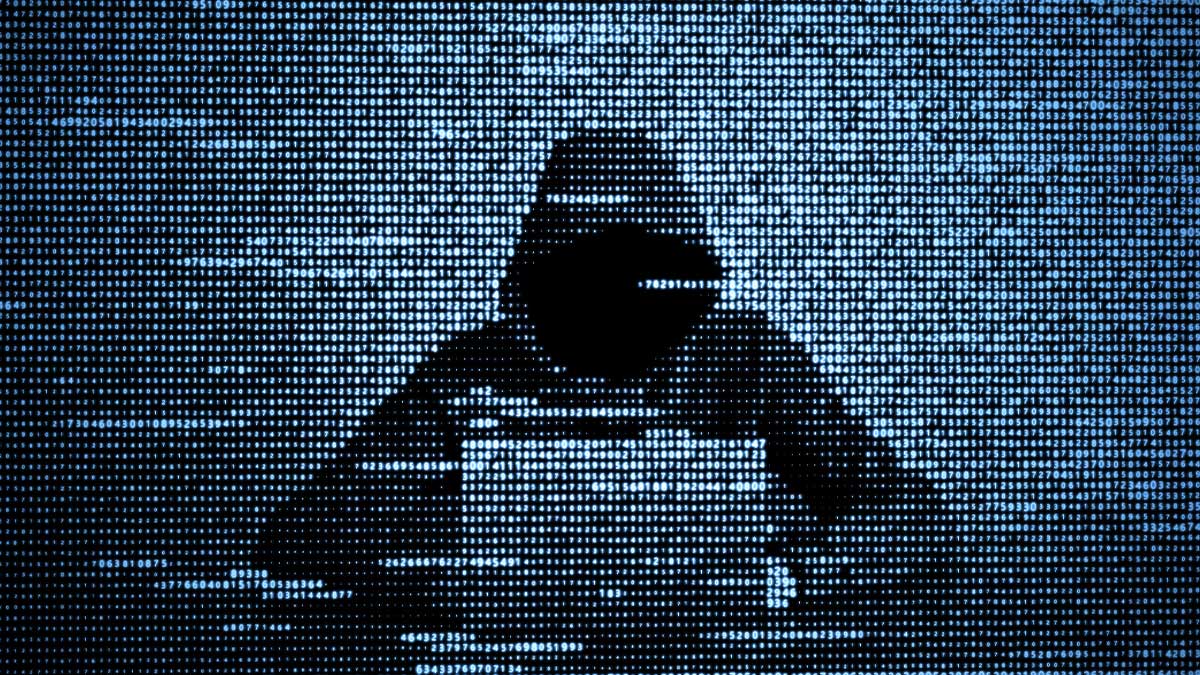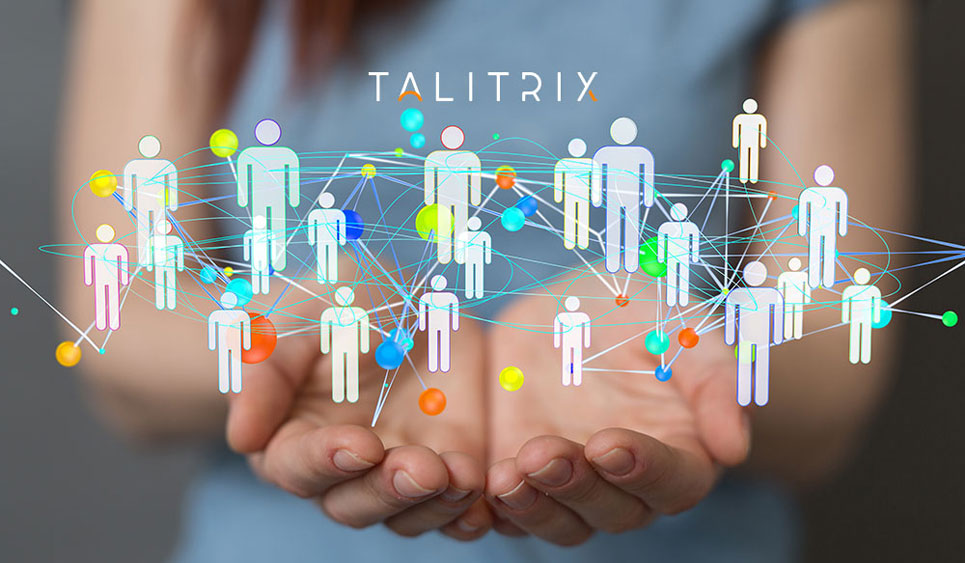In today\’s interconnected world, the digital realm plays an increasingly central role in our daily lives. From conducting business transactions to managing personal finances and even controlling smart home devices, our reliance on digital technology is ever-expanding. However, this newfound connectivity also brings forth a growing concern – the surge in cyber threats. As we delve into the evolving landscape of cybersecurity, it becomes evident that hacking, targeting businesses and individuals alike, is on the rise.
The New Age of Cyber Threats
The digital age has ushered in a host of benefits and conveniences, but it has also opened the door to a wide array of cyber threats. From sophisticated cybercriminals to opportunistic hackers, the risk to our digital assets has never been greater. In an era where sensitive information is stored online, no one is immune to the potential of a cyberattack.
Latest Threats and Data Breaches
Cybersecurity experts have their hands full with a constantly evolving threat landscape. Data breaches, where sensitive information is accessed without authorization, are becoming more common and increasingly severe. High-profile breaches, such as those experienced by major corporations, demonstrate the growing audacity of hackers. These breaches can lead to significant financial losses, loss of reputation, and compromised personal and financial data for millions.
One of the most insidious threats is ransomware, which encrypts an individual\’s or an organization\’s data and demands a ransom for its release. Ransomware attacks have affected businesses, schools, and even hospitals. This form of cyber extortion is increasing in frequency and sophistication.
Measures for Protection
In light of these emerging threats, individuals and organizations must adapt to protect their digital assets. Implementing robust cybersecurity measures is no longer optional – it\’s imperative.
Strong Passwords: The first line of defense is a strong, unique password for each online account. Password managers can help individuals keep track of complex passwords.
Multi-Factor Authentication (MFA): Enabling MFA adds an extra layer of security, requiring users to provide multiple forms of identification to access accounts.
Regular Updates: Keeping software, operating systems, and applications up-to-date is essential to patch vulnerabilities that hackers exploit.
Employee Training: In businesses, employee training is crucial. Recognizing phishing attempts and suspicious activities can prevent costly breaches.
Firewalls and Antivirus Software: Having adequate security software in place can identify and block threats in real time.
Data Encryption: Encrypting sensitive information adds another layer of protection. In case of a breach, encrypted data is practically useless to attackers.
The Path Forward
While the threat of hacking is on the rise, it\’s important to remember that cybersecurity technology is advancing as well. Artificial intelligence and machine learning are being used to identify and prevent threats in real time. Moreover, international cooperation is increasing to bring cybercriminals to justice.
In a connected world, the importance of a robust cybersecurity strategy cannot be overstated. As the threats continue to evolve, individuals and organizations must remain vigilant and proactive in their efforts to protect their digital assets. Ultimately, the path forward is one of resilience and adaptability, where a commitment to cybersecurity is a cornerstone of our connected society.











